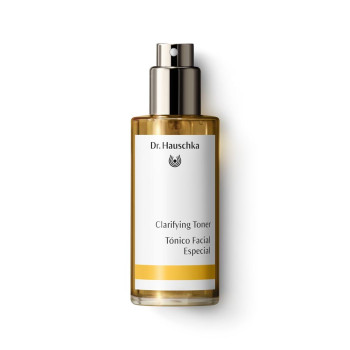
Daisy
Synonyms: Bruisewort, Bairnwort, Llygad y Dydd (Eye of the Day)
Scientific Name: Bellis perennis L.
Family: Daisy family (Asteraceae)
Habitat
The daisy is found in every continent of the world.
Constituents
Saponins, tannins, bitter compounds, flavonoids, anthoxanine and essential oil
Description
Who doesn't know the daisy from numerous children's songs and nursery rhymes or from making daisy chains as a child? The rosette of leaves growing flat on the ground is so inconspicuous that it is usually overlooked. Only when the flowers raise their heads towards the sun does the charming little plant come to your notice. With its radiant white ray florets, usually tinged with red on the underside, and its yellow disc florets, each flowerhead vies for your attention. At night or in the rain the sepals close protectively around the petals and the daisy usually hangs its head. It can be found on all meadows and grassy areas where it flowers almost the whole year, from the first days of spring till late in the autumn. The snow has scarcely disappeared from the fields when it appears to delight us with its charm.
Interesting Facts
The Germanic tribes in the misty north seldom caught a glimpse of the clear blue of the sky. With the opening of its calyx the daisy announced to them the presence of the sun god Baldur. They gave it the name Baldur's Eye or Baldur's Brow. The name daisy, derived from the Saxon name daeges eage (= day's eye), also points to this association. The flower from Freya's magic garden blooms unabashed almost the whole year. Only at night or in bad weather does it keep its flowers firmly closed.
The charming little plant, which was held sacred by our ancestors, is much loved by children. With boundless enthusiasm they plait them into braids or weave little garlands from them. In the flower language of the Middle Ages the gods and supernatural powers could be represented by individual plants. Thus, amongst the Celts, the modest daisy was dedicated to St. Margaret and as flower of the patron saint of farmers belonged to the ordinary people. It was only later that it acquired undreamt-of fame when the French King Louis IX (1214-1270) included it in his coat of arms together with the lily. For this he had a ring made with a woven garland of flowers.
The plant from another perspective
The daisy has marked regenerative powers that find visible expression particularly in the region of the leaves. New leaves are made continuously throughout the year. The little plant demonstrates its toughness and resilience on paths and lawns where it even stands up to being walked on continuously. In humans, similar marked powers of regeneration are found in the liver. Maybe it was this association that led to the early use of the daisy as herbal remedy for the liver. The rosette of leaves lying directly on the ground expresses the direct association of the daisy with the earth and points to its high mineral content. As composite flower, the daisy stimulates the warmth process in the region of the blood, supports the activity of the kidneys and the metabolism and thus supports the removal of waste products from the organism.
The plant in our products
In Dr. Hauschka Skin Care the daisy is contained in:






